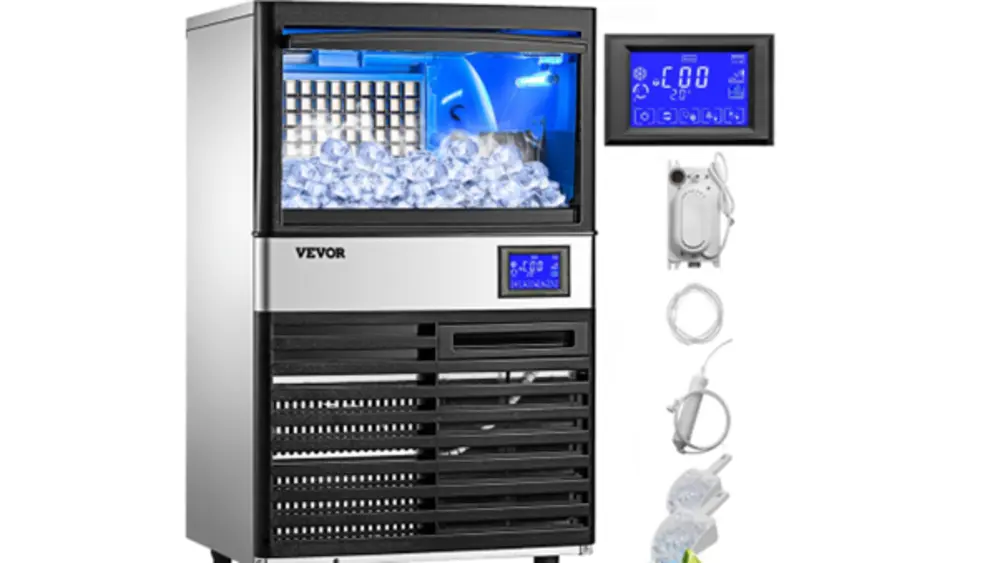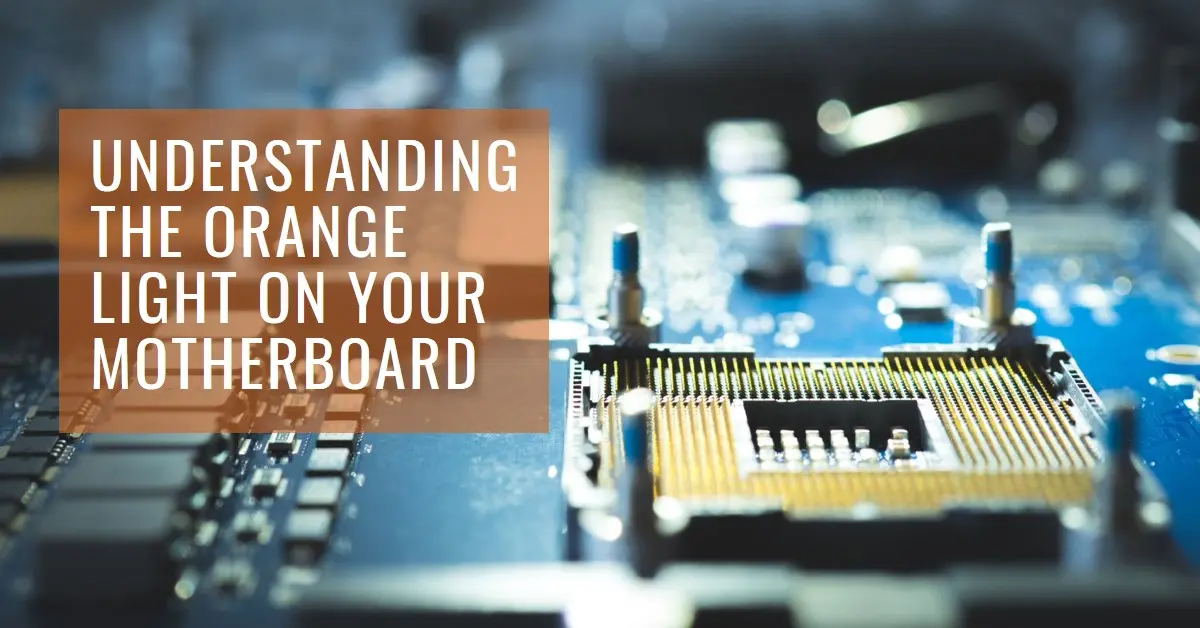This manufacturing process stands out as a pivotal technique offering numerous advantages. It ensures enhanced efficiency and quality in production. It is widely adopted across various industries due to its benefits. Understanding these key benefits can drive better manufacturing decisions. Explore how this method can transform manufacturing processes.
Enhanced Material Utilization
Enhanced material utilization is a significant advantage in manufacturing. This process minimizes waste by precisely controlling the amount of material used. Unlike other molding techniques, it ensures that nearly all material is transformed into the final product. This efficiency reduces costs associated with excess materials and disposal. Additionally, the ability to use various materials, including thermoplastics and thermosetting plastics, enhances versatility. The controlled compression process also allows for the creation of complex shapes with minimal material usage. Improved material utilization directly contributes to more sustainable manufacturing practices. The reduced waste and efficient material use align with environmental and economic goals. This advantage makes it a preferred choice in various industries. The process’s ability to maximize material use without compromising quality is unparalleled in modern manufacturing.
Cost-Effective Production
Cost-effective production is a hallmark of compression molding. It significantly reduces production costs through efficient material use and minimal waste. The molds used are typically less expensive to produce and maintain compared to other methods. Additionally, the process allows for high-volume production runs, further driving down costs per unit. Labor costs are also reduced due to the simplicity and automation potential of this technique. The ability to produce complex parts in a single molding cycle eliminates the need for secondary operations. Energy consumption is lower compared to other molding techniques, contributing to overall cost savings. This combination of factors makes compression molding a highly economical choice for manufacturers. By optimizing production costs, companies can offer competitive pricing while maintaining high-quality standards.
Superior Strength and Durability
This manufacturing method ensures superior strength and durability in finished products. The process allows for high-pressure molding, which compacts materials tightly, resulting in strong, resilient parts. The uniform pressure distribution throughout the mold ensures consistent density, enhancing the structural integrity of the products. This technique is particularly beneficial for creating parts that must withstand high stress and impact. Materials used in this process, such as thermosetting plastics, cure into a rigid, durable state that resists wear and tear. Additionally, the method minimizes internal stresses and weak points, leading to longer-lasting products. Industries such as automotive and aerospace rely on this technique for critical components requiring exceptional strength. By producing robust and durable parts, this process significantly reduces the need for frequent replacements, saving costs in the long term. Its ability to deliver high-strength, durable products makes it indispensable in modern manufacturing.
Versatile Applications
This manufacturing technique is renowned for its versatile applications across various industries. It can handle a wide range of materials, including both thermosetting and thermoplastic polymers. This adaptability makes it suitable for producing everything from automotive components to consumer goods. The process allows for the creation of complex shapes and intricate designs, meeting diverse manufacturing needs. Its capability to produce large and small parts with equal efficiency enhances its appeal. The method is also used in the medical field for creating durable, high-quality medical devices and equipment. Additionally, it finds applications in the aerospace industry, where precision and reliability are crucial. The ability to customize molds and adjust parameters ensures that this technique can meet specific requirements for different products. This versatility not only broadens the scope of potential applications but also provides manufacturers with a reliable, efficient solution for various production challenges.
Environmentally Friendly Process
An environmentally friendly manufacturing process offers numerous benefits for sustainability. This method reduces waste by optimizing material usage, ensuring that nearly all material is utilized in production. Additionally, it requires less energy compared to other molding techniques, resulting in lower carbon emissions. The ability to use recyclable and biodegradable materials further enhances its environmental appeal. Manufacturers can produce high-quality products while minimizing their ecological footprint. The process also generates less scrap and by-products, reducing the need for waste disposal and associated environmental impacts. Companies adopting this technique can align their production with green initiatives and regulatory standards. By promoting efficient resource use and reducing environmental impact, this method supports sustainable manufacturing practices. Its contribution to environmental conservation makes it an attractive option for eco-conscious manufacturers.
Maximizing Efficiency and Quality
Embracing this process offers numerous benefits for manufacturing, including cost savings and material efficiency. The technique ensures products with superior strength and durability. Its versatility makes it suitable for various applications across industries. Additionally, the environmentally friendly nature of this technique aligns with sustainable manufacturing goals. Leveraging these advantages can significantly enhance production outcomes.






